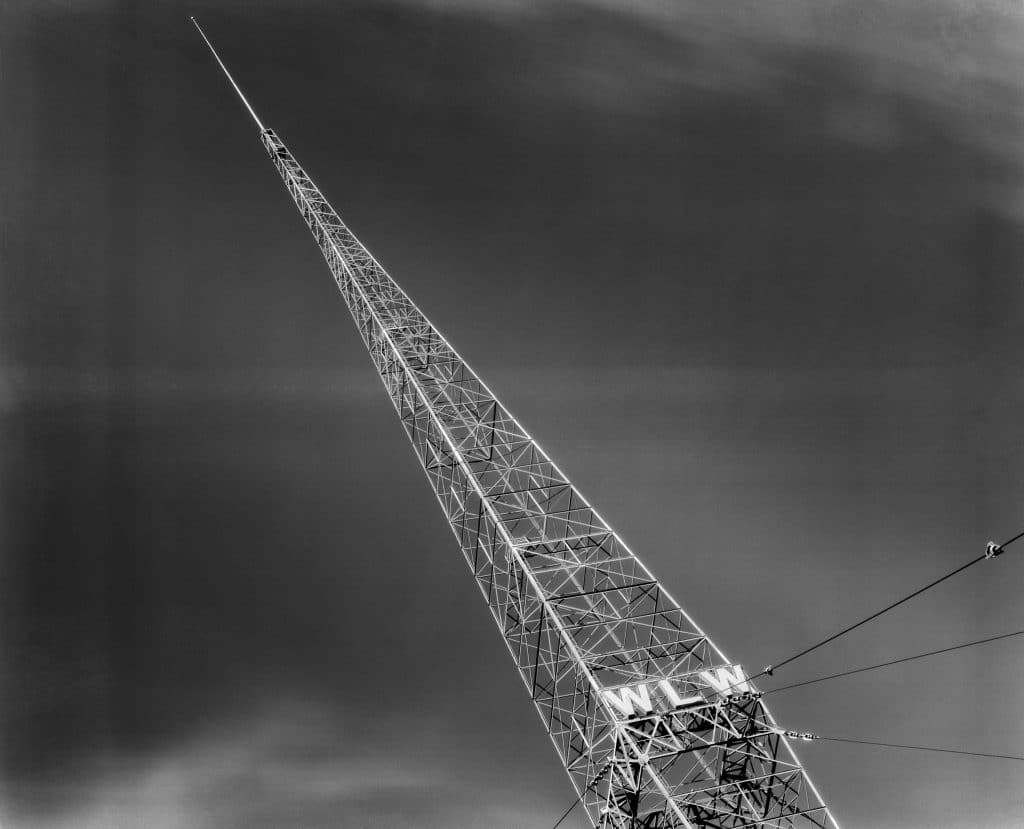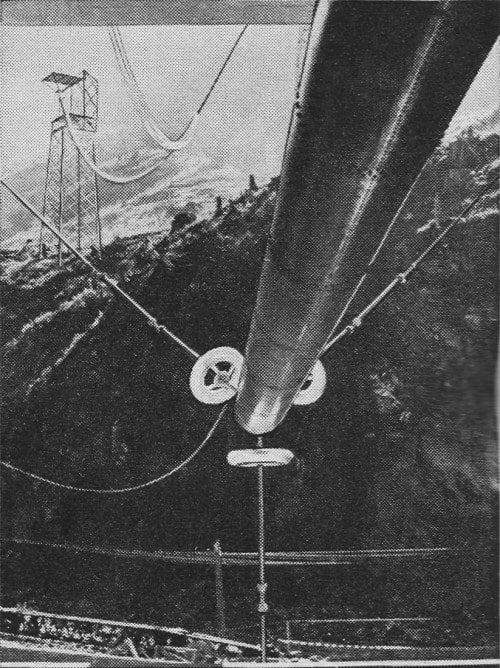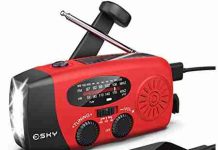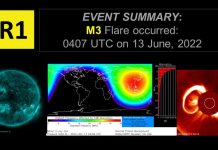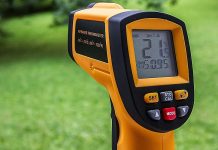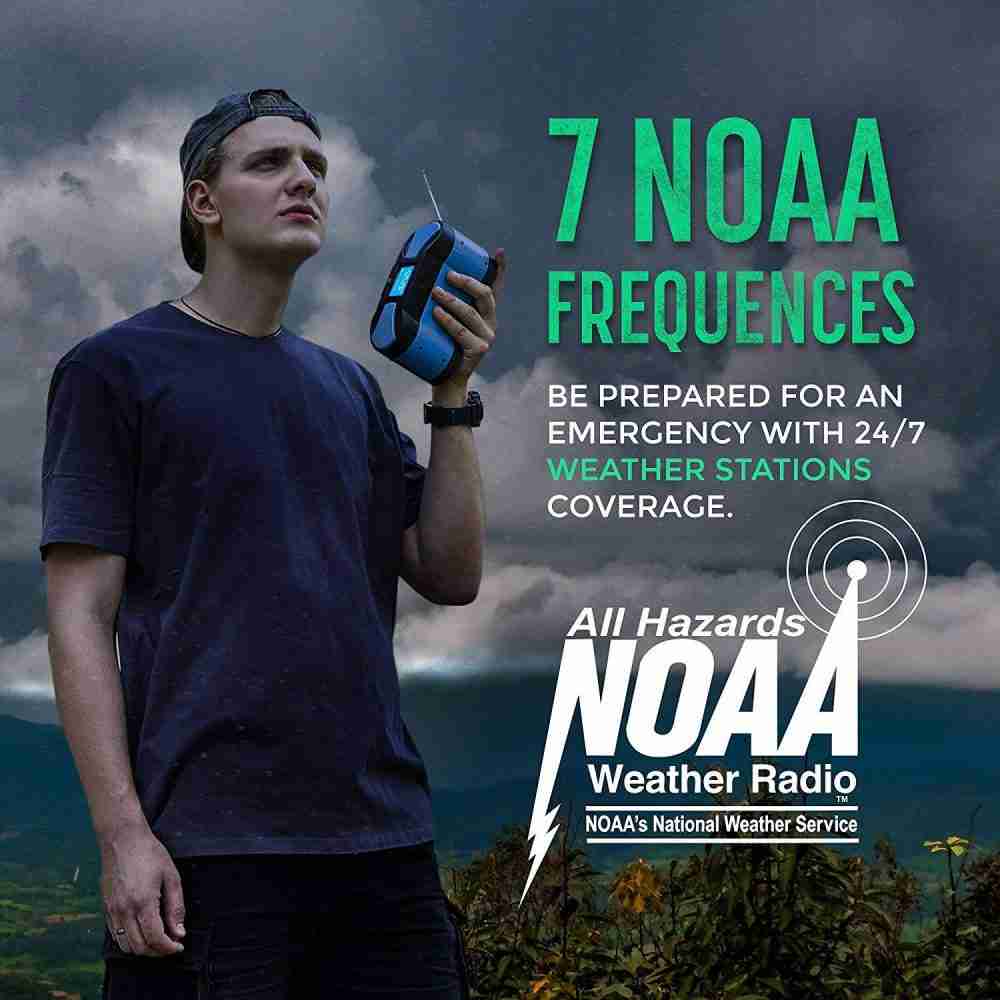Have you ever found yourself scanning the airwaves, desperately searching for a radio station that cuts through the static with a powerful signal?
Look no further – in this article, you’ll discover the answer to the age-old question: “What radio station has the strongest signal?” Whether you’re a passionate music lover, a news junkie, or someone who enjoys tuning in on long drives, this article will provide all the insights you need to find the radio station with the strongest signal, ensuring you never miss a beat again.
So please sit back, relax, and let’s tune in to the fascinating world of radio waves!
1. Introduction
Radio is a timeless form of entertainment and information that has captivated audiences for decades. Whether you’re tuning in to your favorite music station, catching up on the latest news, or listening to riveting talk shows, one thing is essential – a strong radio signal.
A strong radio signal ensures clear reception and a wider coverage area, reaching more listeners. In this article, we will explore the factors that influence signal strength, compare AM and FM signals, identify radio stations with strong signals, analyze signal strength in urban and rural areas, discuss international radio stations, highlight the importance of signal strength for listeners, and delve into technological advancements in signal strength.
2. Factors That Influence Signal Strength
Several factors play a crucial role in determining the strength of a radio signal. These factors include transmitting power, antenna height and design, atmospheric conditions, geography and terrain, and interference from other stations.
Transmitting power is one of the primary factors that influence signal strength. A higher transmitting power allows the radio station to broadcast its signal over longer distances. The wattage at which a station transmits its signal directly affects the strength of the signal received by the listener.
The height and design of the antenna also play a significant role. The higher the antenna is placed, the greater the coverage area. Along with height, the design of the antenna, including its shape and size, can impact signal strength.
Atmospheric weather patterns and solar activity can affect radio signal propagation. Weather phenomena like thunderstorms and atmospheric disturbances can cause signal disruptions and weaken the clarity of the reception. Similarly, solar flares and geomagnetic storms can impact the quality of the radio signal.
The geography and terrain of an area also influence signal strength. Mountains, hills, and tall buildings can obstruct the signal, leading to signal loss or weakened reception. Station positioning based on topography is vital to ensure optimal signal strength for listeners in various locations.
Lastly, interference from other stations can affect signal strength. When multiple stations operate on the same or adjacent frequencies, they can overlap and cause interference with each other’s signals. This interference can result in a weaker reception for the listener.
This image is the property of www.neh.gov.
3. Comparison of AM and FM Signals
AM (Amplitude Modulation) and FM (Frequency Modulation) are the two main types of radio signals used for broadcasting. While they both serve the purpose of transmitting audio content, there are differences in their signal strength characteristics.
AM signals excel in terms of reach. Due to their lower frequency and longer wavelength, AM signals can more remarkably penetrate obstacles such as buildings and hills. As a result, AM signals can travel longer distances and are more reliable in rural and remote areas. However, the downside is that AM signals are more susceptible to atmospheric interference and have poorer audio quality than FM signals.
FM signals, on the other hand, offer better audio quality and clarity. As they operate on a higher frequency band, FM signals have a wider bandwidth and can transmit a broader range of frequencies, resulting in higher fidelity sound. FM signals are more commonly used for music stations and urban areas, as they provide better sound reproduction in areas with a higher concentration of listeners. However, FM signals have a shorter range than AM signals, making them more suitable for densely populated areas.
4. AM Radio Stations with Strong Signals
AM radio stations are significant in broadcasting, particularly in rural areas and during nighttime listening. These stations often provide news, sports, talk shows, and music programming. Some renowned AM radio stations with strong signals include WGN (720 AM) in Chicago, KGO (810 AM) in San Francisco, and WBT (1100 AM) in Charlotte.
WGN, known as “The Mighty 720,” boasts a powerful signal that covers a vast area, extending far beyond the city limits of Chicago. Its signal strength allows it to reach listeners across several states, delivering popular talk shows and sports broadcasts.
KGO, broadcasting at 810 AM, also has a strong signal that blankets the San Francisco Bay Area and reaches deep into Northern California. The station has a rich history and provides a mix of news, talk shows, and informative programming.
WBT in Charlotte is another AM station with a strong signal. Broadcasting at 1100 AM, WBT covers a significant portion of the Southeastern United States, including parts of South Carolina and Georgia, making it a go-to station for news, political commentary, and sports coverage.
This image is the property of qph.cf2.quoracdn.net.
5. FM Radio Stations with Strong Signals
FM radio offers a vibrant listening experience with its superior sound quality and diverse range of programming. In urban areas with many listeners, FM stations with strong signals dominate the airwaves. Some notable FM radio stations with strong signals include WLTW (106.7 FM) in New York City, KIIS-FM (102.7 FM) in Los Angeles, and WBBM-FM (96.3 FM) in Chicago.
WLTW, known as Lite FM, is a popular adult contemporary station in New York City. With its strong signal on 106.7 FM, WLTW reaches a broad audience base and plays a variety of easy-listening music, making it a favorite for commuters and office environments.
KIIS-FM is a powerhouse station in Los Angeles, broadcasting on 102.7 FM. Known for its energetic morning show and a lineup of hit music, KIIS-FM boasts a strong signal that covers a large portion of Southern California, attracting a significant listener base.
WBBM-FM, branded as B96, is a top-rated station in Chicago, operating on 96.3 FM. Its strong signal allows it to reach listeners throughout the Chicagoland area and beyond, providing a mix of contemporary hits and famous on-air personalities.
6. Urban vs. Rural Signal Strength
Signal strength can vary significantly between urban and rural areas due to the challenges and advantages of different settings.
In urban areas, signal challenges primarily stem from the abundance of obstacles such as high-rise buildings, concrete structures, and other electromagnetic interference sources. These obstacles can obstruct radio signals and cause signal loss or weakened reception for listeners. Additionally, the high concentration of radio stations competing for frequencies in urban areas can lead to interference, reducing signal strength.
Conversely, rural areas often enjoy signal advantages due to the absence of obstructions and lower radio station density. With fewer buildings and less interference, radio signals in rural areas can propagate more freely, enhancing signal strength and broader coverage. This is especially beneficial for AM signals, which can travel long distances and provide reliable reception even in remote areas.
Examining case studies of urban and rural stations further reinforces this contrast. For instance, a popular urban station, like Z100 in New York City, may experience occasional signal disruptions due to the numerous tall buildings that surround it. In contrast, a rural station, such as a community radio station in a small town, may have a more consistent and robust signal, reaching a larger radius without interference.
This image is the property of qph.cf2.quoracdn.net.
7. International Radio Stations with Strong Signals
Radio signals transcend borders, allowing listeners to tune in to international stations and explore diverse content worldwide. Some international radio stations with strong signals include BBC World Service, Radio Free Europe/Radio Liberty, and Voice of America.
The BBC World Service is renowned for its global reach and informative programming. With a network of stations operating on various frequencies, the BBC World Service ensures strong signals even in remote parts of the world, providing listeners with news, documentaries, and cultural programs.
Radio Free Europe/Radio Liberty broadcasts to Eastern Europe, Central Asia, and the Middle East countries. Its powerful transmitters and strategic positioning facilitate strong signals, allowing people in these regions to access independent news, analysis, and discussions unavailable through local channels.
Voice of America (VOA) is a U.S.-government-funded broadcasting service that reaches audiences worldwide. VOA broadcasts in several languages, ensuring strong signals in regions with limited access to unbiased news and information. Its coverage spans various topics, including news, culture, and American music.
8. Importance of Signal Strength for Listeners
The strength of a radio signal holds immense importance for listeners, offering several benefits that enhance their listening experience and provide vital information.
Precise and reliable reception is crucial for the uninterrupted enjoyment of radio programming. A strong signal ensures listeners can tune in without constant disruptions, static, or dropouts, allowing them to fully immerse themselves in the content and enjoy an uninterrupted listening experience.
A strong signal also means a broader coverage area. Listeners on the fringes of an FM or AM station’s range can still receive the signal and enjoy the programming. This broader coverage allows radio stations to reach a larger audience and connect with listeners who might otherwise be out of range, strengthening the station’s impact and influence.
Signal strength is particularly vital during emergencies. Radio serves as a lifeline for delivering critical news, updates, and safety instructions to the public during natural disasters or other crises. A strong signal ensures that this critical information reaches as many people as possible, enabling them to make informed decisions and stay safe during challenging times.
Additionally, signal strength plays a role in advertising revenue for radio stations. Advertisers look for stations with strong signals to ensure their message reaches a broad audience, maximizing their investment. A strong signal allows radio stations to attract advertisers and generate revenue, ensuring the station’s sustainability and ability to provide quality programming.
This image is the property of www.rfcafe.com.
9. Technological Advancements in Signal Strength
Advancements in technology continue to improve signal strength, offering listeners enhanced reception and expanded capabilities. Some notable technological advancements in signal strength include digital radio broadcasting, HD Radio technology, and signal boosters/amplifiers.
Digital radio broadcasting, such as Digital Audio Broadcasting (DAB) and its variations, provides better sound quality and reception than traditional analog FM and AM signals. By digitizing the audio signal, these technologies reduce interference and deliver a more transparent, more robust signal. With digital radio, listeners can experience a broader range of channels, additional data services, and improved coverage.
HD Radio technology combines digital and analog signals to offer higher audio quality, improved reception, and additional channels within the same frequency band. HD Radio provides features like song and artist information, traffic updates, and interactive services. With HD Radio-equipped receivers, listeners can enjoy an enhanced listening experience and explore more content.
Signal boosters and amplifiers are devices designed to enhance signal strength for improved reception. These devices capture and amplify radio signals, overcoming obstacles and extending coverage areas. Signal boosters are beneficial in areas with weak signals or low reception, ensuring a better listening experience for those in challenging environments.
10. Conclusion
A strong radio signal is essential to delivering high-quality programming to listeners. Factors such as transmitting power, antenna design, atmospheric conditions, geography, and interference influence signal strength. AM and FM signals offer different characteristics, with AM signals excelling in range and FM signals providing superior audio quality. Numerous radio stations worldwide have strong signals, serving their communities and beyond.
Signal strength varies between urban and rural areas due to the respective challenges and advantages presented. International radio stations with strong signals offer a global perspective and reach. Signal strength is crucial for listeners, ensuring clear reception, more comprehensive coverage, access to emergency information, and supporting station advertising revenue.
Technological advancements advance signal strength, with digital radio broadcasting, HD Radio, and signal boosters amplifying the radio experience. In conclusion, a strong radio signal is vital for a captivating and far-reaching listening experience.
This image is the property of qph.cf2.quoracdn.net.


